When we sit down with our retail clients, either veteran, new or prospective, we’re asked tons of questions about digital marketing.
Which we love, expect and welcome. Curiosity is one of our cherished values. And since our passion around digital marketing feels like a bottomless well, any opportunity to lead our clients down the path of company growth, we take.
Interestingly, certain questions always seem to come up. Which tells us that our clients might not be the only ones struggling with a particular issue.
And that brings us to you.
In this new blog series, we’ll be tapping into our subject matter experts to answer several of these questions, one by one — not only to define how we consistently operate as an agency, but also to help your company tackle its most pressing digital marketing challenges.
Today’s question will be:
Should I use automatic bidding or manual bidding for my Facebook campaign?
First, a quick piece of background.
Facebook offers marketers two advertising options in Conversion Objective campaigns:
- Automatic bidding (“Lowest Cost” without a Bid Cap)
- Manual bidding (“Target Cost” or “Lowest Cost” with a Bid Cap)
Bidding style can have a profound impact on driving conversions, and unfortunately, a lot of companies do it wrong.
Like many digital advertising considerations, the bid strategy you pick depends considerably on your company’s budget. For small levels of spend, automatic bidding can be the best route. However, our experience and Facebook’s recommended best practices strongly suggest that when your budget exceeds a certain level, manual is the best option.
Generally, to get the best performance from manual bidding, your daily budget should be 25X the bid you have set.
Here’s the other exception aside from small budgets. Automatic bidding can also work well for easier, more upper funnel objectives, i.e., free app downloads or lead gen. But for many brands, we strongly believe properly structured manual bidding will be the best way to scale your account and meet your goals.
Now, you might hear conflicting perspectives from marketing agencies on this issue. Here’s why.
First, many of those agencies haven’t successfully scaled as many ecommerce brands as we have. In the past five years, Metric has had the chance to work with hundreds of retail brands, from Fortune 500 companies to growth stage startups. As a result, we’ve gained a substantial breadth of experience to inform our judgment on the topic of bidding.
Secondly, there are a ton of factors at play when it comes to bidding. Yes, it’s easy to find isolated examples where automatic bidding performed well. But that doesn’t necessarily apply across the board for different brands with different budgets and goals.
In fact, a few weeks ago the head of the Facebook Auction made a presentation to our agency on this exact topic, and then again during a luncheon with top B2C brands at the local Facebook office.
Here’s an insight directly from the Facebook bidding expert himself:
“Auto Bid should only be used if you are unsure of the value of the action you are optimizing to. It will continue to achieve conversions regardless of the cost, this can be controlled with budget allocation. But the issue there is, when you try to scale, as you increase the budget, the bid will increase, again, looking for conversions at any cost.”
Ultimately, automatic purchase bids should only be used when you are unsure about the value of the action you’re optimizing for. The only control you have when using an automatic bid is budget, meaning you must spread your budget across many different ad sets if you have high levels of spend, which messes up the algorithm, as it optimizes at the ad set-level. Furthermore, automatic bids will go after any potential conversions in order to spend the full budget, resulting in very inconsistent CPA’s.
Bottom line: Use manual bidding to drive the best outcomes at scale.
What other questions do you have about digital marketing? Drop us a line and let us know how we can use our curiosity to help your company drive revenue.
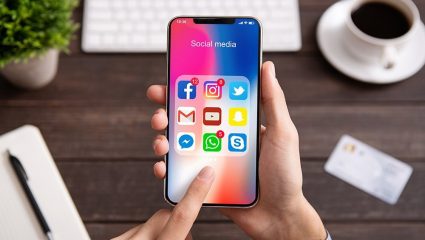
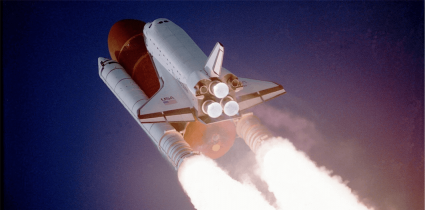
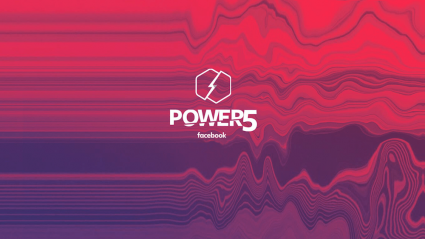
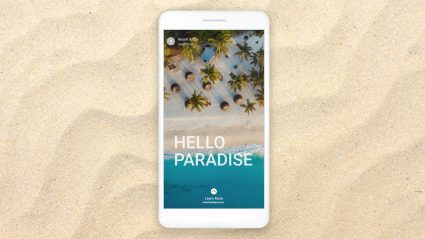
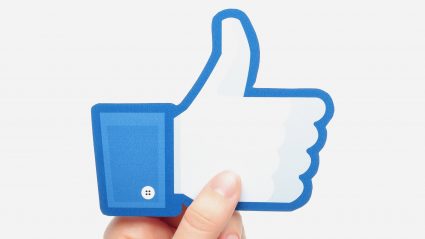

Responses